 |
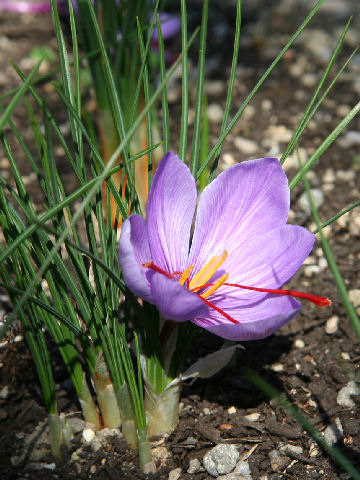

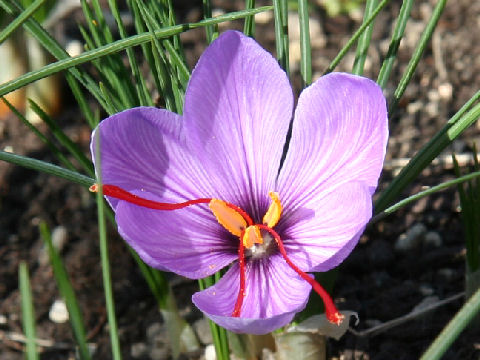



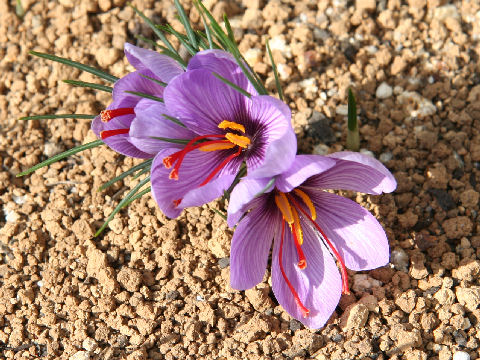

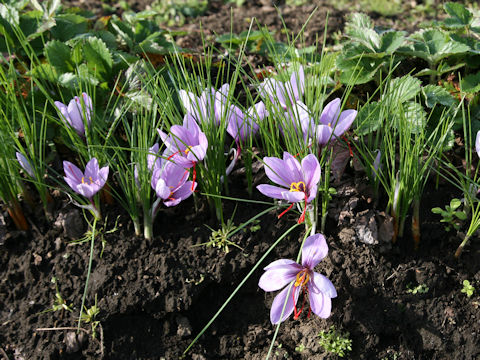



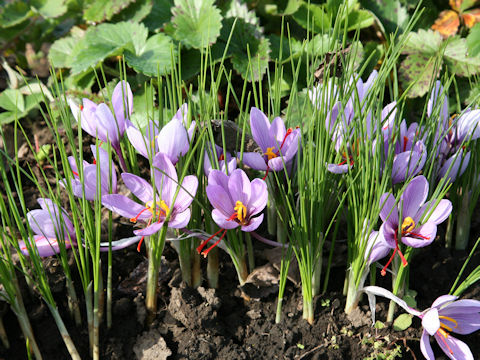



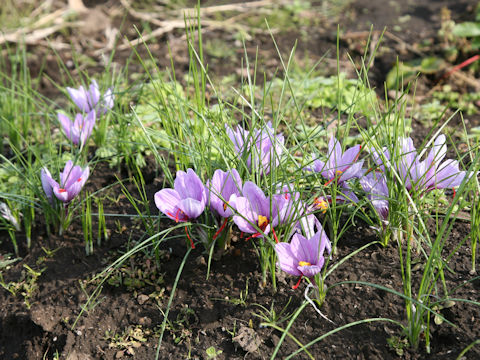

|

|
小アジアが原産です。古く紀元前から地中海のクレタ島では栽培されていました。わが国へは江戸時代の後期に渡来しています。耐寒性が強く、11月ごろ藤色の花を咲かせます。針状の葉は根生して、春になると長さは30センチほどになります。大きく3裂する鮮紅色の花柱が、料理の香料や薬用として使用されます。別名で「ばんこうか(番紅花)」とも呼ばれます。
|

|
アヤメ科クロッカス属の多年草で、学名は Crocus sativus。英名は Saffron。
|

|
The Saffron (Crocus sativus) belongs to Iridaceae (the Iris family). It is a perennial herb that is native to Asia Minor. It has been cultivated on the island of Crete in the Mediterranean since ancient times. It came to Japan in the latter half of the Edo period (1603-1868). It has strong cold resistance and blooms mauve flowers around November. The needle-shaped basal leaves grow to about 30 cm in spring. The bright red style, which splits into three, is used as a flavoring and medicinal product for cooking. It is also called "Bankoka" by another name in Japan.
|

|
[上・中1] 京都府宇治市「宇治市植物公園」にて、2006年11月08日撮影。
[中2・中3] 大阪府四條畷市清滝中町にて、2006年11月17日撮影。
[中4〜7・下] 宮城県川崎町支倉にて、2021年10月25日撮影。
|










